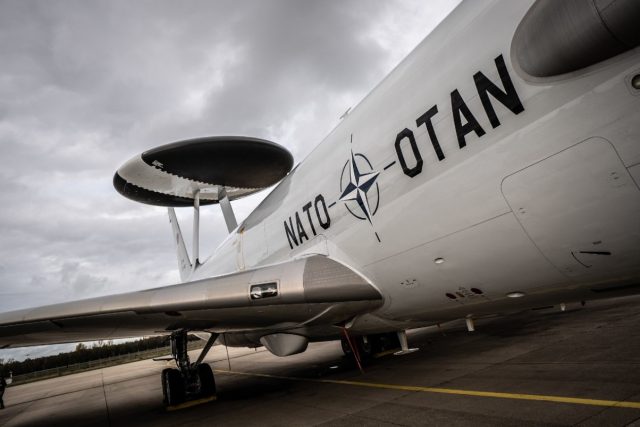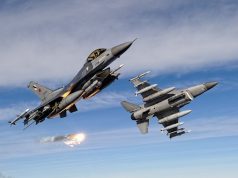The NATO Support and Procurement Agency (NSPA) has made another step in the process of finding a replacement for NATO’s current fleet of Airborne Warning and Control System (AWACS) aircraft that are set to retire in 2035.
Through the Alliance Future Surveillance and Control (AFSC) initiative, NSPA has launched a new competition for risk reduction and feasibility studies to analyze and develop the feasibility of the concepts identified during the first round.
The AFSC concept stage was initiated by the North Atlantic Council in 2017 to redefine how NATO will conduct surveillance, and command and control after the AWACS reach the end of their service life.
NSPA is responsible for conducting studies and developing technical concepts that will help inform future decisions by allies for their long-term plans and acquisition of new capabilities. These could include different combinations of systems in the air, land, sea, space and cyber domains.
At the end of March 2020, six companies delivered concept studies, providing initial views on how NATO could meet the AFSC requirements by 2035. The six companies included Airbus Defence and Space, a Boeing-led team comprising Indra, Inmarsat, Leonardo, and Thales, General Atomics, the L3Harris team with 3SDL, Deloitte Consulting, Hensoldt Sensors, IBM, Musketeer Solutions, Synergeticon and Videns, the MDA Systems and General Dynamics Mission Systems duo, and Lockheed Martin.
Following the assessment and recommendations of the NSPA AFSC Project Office and the Strategic Commands, three high-level conceptual approaches were identified for further analysis through three separate risk reduction and feasibility studies (RRFS).
NSPA has recently launched a competition for those detailed studies. Through RRFS, industry will further develop the proposed AFSC concepts and demonstrate their technical and operational feasibility for 2035 and beyond.
The studies will be followed by further technical and operational assessment by NATO and national subject matter experts, resulting in the selection of a single preferred technical concept.
“The AFSC is breaking new ground in NATO’s capability development through its requirements-driven and analytical approach. This second call for risk and feasibility studies brings us one step closer to define the future surveillance, command and control capability. We are not making a shopping list of future AFSC systems, we are inviting industry to contribute with their technology vision and ideas to this significant conceptual development,” explained Cagatay Soyer, NSPA AFSC project manager.



























